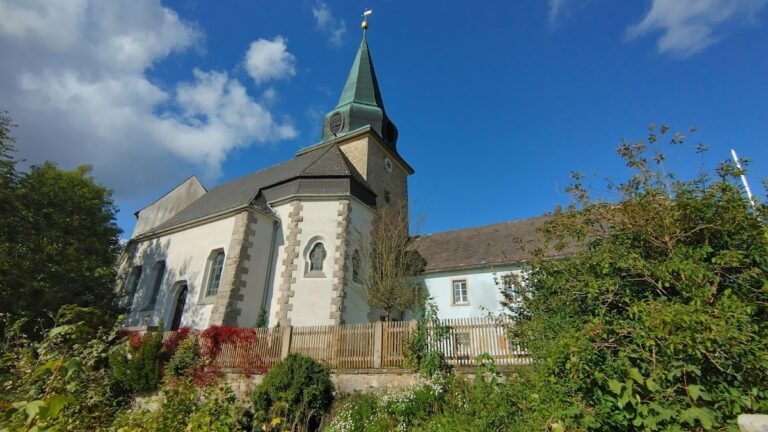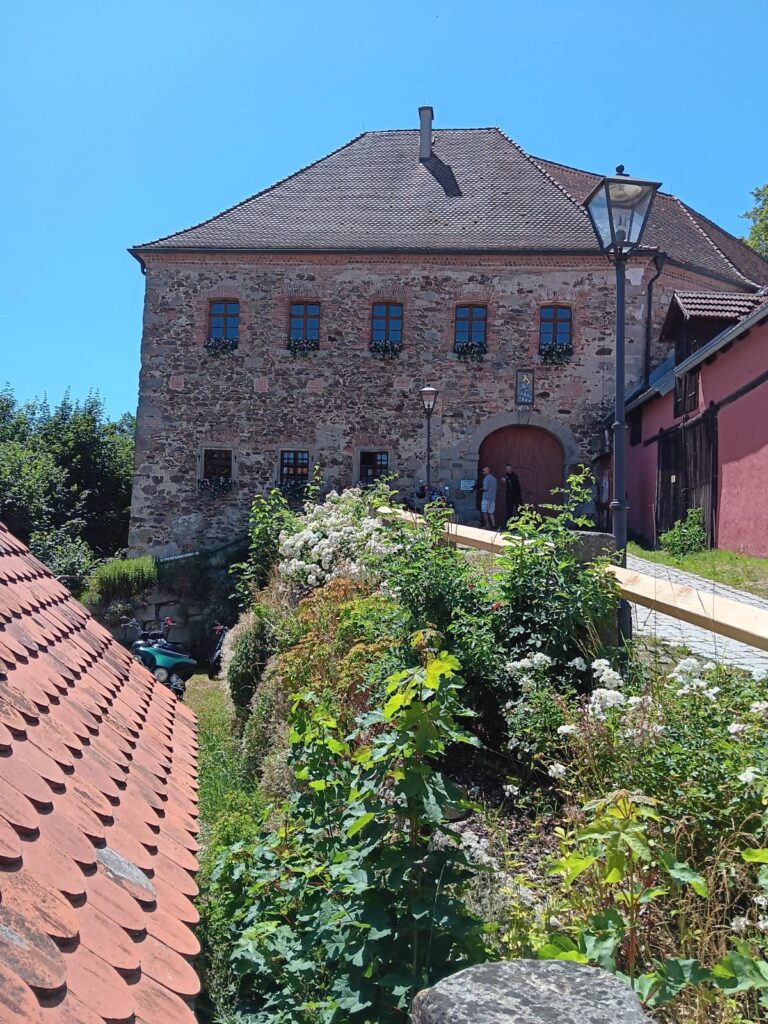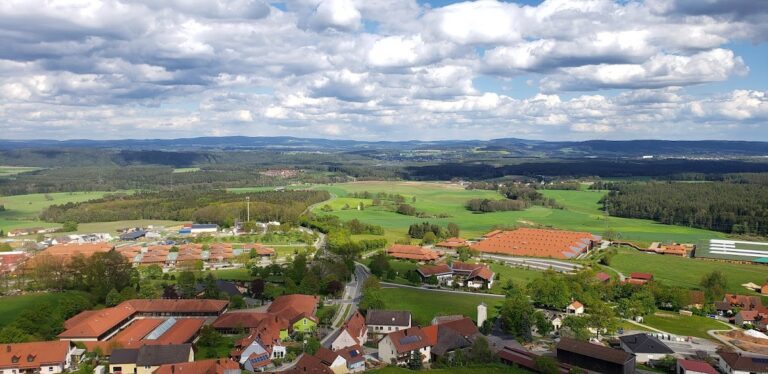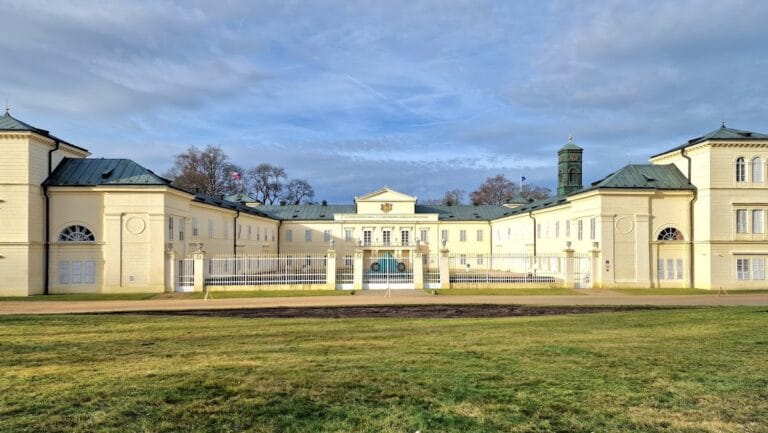Burgstall Haselstein: A Medieval Hilltop Castle in Floss, Germany
Visitor Information
Google Rating: 4.6
Popularity: Very Low
Google Maps: View on Google Maps
Country: Germany
Civilization: Unclassified
Remains: Military
History
Burgstall Haselstein is a former medieval hilltop castle situated in the municipality of Floss, Germany. The fortress was constructed during the late Middle Ages, approximately around the year 1400, by the local German-speaking communities inhabiting the region.
Throughout its active period, which extended until the late 1500s, the castle served both defensive and domestic purposes typical of hill castles in that era. While no direct written records from the medieval period mention Burgstall Haselstein, archaeological evidence supports its use throughout the 15th and 16th centuries. The castle occupied a strategic position on a forested summit within the Upper Palatinate, near other known medieval sites like the ruins of Flossenbürg and Schellenberg castles, suggesting its integration into the network of fortifications in the area.
In the centuries following its abandonment as a stronghold, the site’s medieval structures gradually fell into ruin. By the mid-19th century, around 1860, the remnants of Burgstall Haselstein were adapted into a venue for public festivals, a transformation that introduced terraced grounds known as the Haselsteinfeste. These annual celebrations attracted crowds from surrounding towns and continued regularly until the late 1950s.
More recently, archaeological interest led to excavation and partial restoration efforts beginning in August 2012. A local association undertook work that revealed and conserved elements of the castle tower, making parts of the original medieval footprint visible once again. Presently, the site is officially recognized and protected as an archaeological monument under the file number D-3-6239-0060.
Remains
The Burgstall Haselstein site occupies a forested hilltop and originally consisted of medieval defensive stone constructions typical of a hill castle. While medieval masonry has mostly vanished, some wall structures visible today date to alterations made during the 19th century when the site became a festival ground with terraced landscaping. These dry stone walls frame the area but are not remnants of the original fortress.
Archaeological excavations have uncovered foundation remains of a tower, an essential defensive and lookout feature of the castle, dating back to the late Middle Ages. The base of this tower was partially rebuilt during restoration work in 2012, allowing visitors to discern the original outline and scale of the structure. These foundations are currently preserved in situ, providing tangible links to the castle’s medieval past.
Material finds recovered from the site include shards of late medieval ceramics, stove and roof tiles, forged nails, and iron arrowheads. These artifacts indicate that the castle was a site of habitation with both domestic and protective functions. The stove tiles suggest the presence of heated living quarters, while the iron arrowheads reflect defensive readiness. The forged nails and roof tiles point to the castle’s architectural construction techniques.
Today, the remains consist chiefly of the tower base and terraced dry stone walls from both the medieval period and 19th-century modifications, each reflecting distinct phases of the site’s long history as a fortress and later community gathering place.










